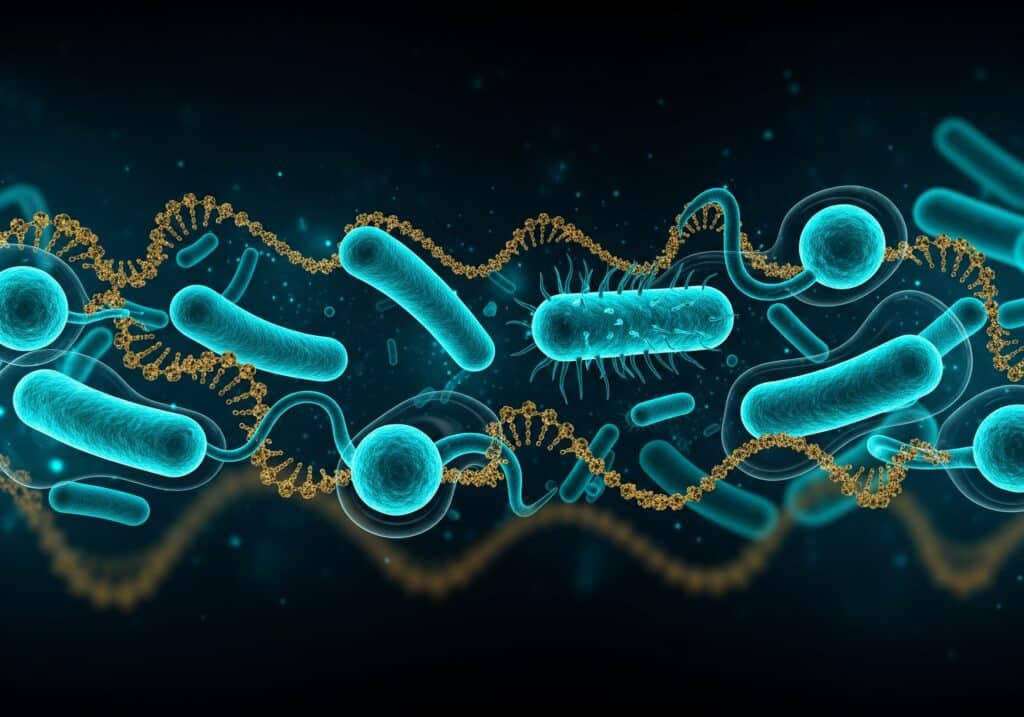This post is based on a previous article on IPKat.
At Evolve we are used to discussing the patentability of second-medical use inventions. But what about non-medical second uses? The recently published Board of Appeal decision T 1385/15 related to the patentability of such a second use. According to case law from the Enlarged Board of Appeal (EBA), a second use of a known product is novel if the new use comprises a novel functional effect. In T 1385/15, the Board of Appeal considered how the novelty of such second use claims should be assessed. In particular, does a novelty destroying disclosure for a second use have to disclose both the use and the functional effect? In a case pertinent for our times, the case concerned mechanical disinfection to kill microbes.
Legal Background: The novelty of a second non-medical use claim
The patentability of second non-medical uses was contemplated by the Enlarged Board of Appeal (EBA) in G 6/88 and G 2/88. The EBA in G 6/88 particularly considered the novelty of a new use of a known compound. According to the decision, such a use is novel if the use is based on a technical effect that was not previously known. The use claim should therefore be interpreted as including the technical effect as a functional feature of the claim.
Another principle of novelty is that it is not possible to combine documents in a novelty attack (Case Law of the Boards of Appeal, I.C.4.2). To be novelty destroying, all of the features of a claim must therefore be disclosed in combination in the cited prior art. In the context of a use claim it may be disputed whether the technical effect of the known product on which the new use is based was previously known. This raises the question of whether a novelty destroying prior art document must simultaneously disclose the claimed use of the known product and the technical effect on which the use is based. Alternatively, is it sufficient for the technical effect of the known product to be known from elsewhere?
Case Background: Disinfection and antimicrobial activity
The case in T 1385/15 related to an appeal from the decision of the Opposition Division to revoke Procter and Gamble‘s patent EP 1865998. Claim 1 of the patent was a use claim. The claim was directed to the use of a cleaning agent in mechanical disinfection. “Mechanical disinfection” includes, for example, washing under pressure. The cleaning agents comprised at least two different surfactants. The claims particularly specified the surfactants for use in the killing or inactivating microorganisms in the mechanical disinfection of objects.
The first prior art document cited against the patent discussed the use of a surfacant mixture during mechanical disinfection of medical devices. The document particularly disclosed that the surfacants could destabilise prions during mechanical disinfection. Importantly prions are not micro-organisms. The first document therefore did not disclose the functional feature of the claim that surfacants could kill microorganisms, but did disclose the use of the surfacants for mechanical disinfection.
The second prior art document disclosed that the particular surfacants claimed in the patent could be used to kill micro-organisms. However, this document did not disclose the use of these surfacants in a process of mechanical disinfection. The second document therefore did disclose the functional feature of the patent claim that surfacants could kill microorganisms, but did not disclose the use of the surfacants for mechanical disinfection.
The Opposition Division understood G 6/88 as requiring that, for a use claim of a known product to be novel, both the use and the functional feature on which the use was based must have been disclosed. However, the Opposition Division did not believe that it was a requirement that the use and technical effect must be disclosed by the same document. The Board of Appeal (3.3.10) in T 1385/15 considered whether this interpretation of G 6/88 was correct.
The guiding principles of novelty
The Board of Appeal acknowledged that G 6/88 does not explicitly state that the use and the technical effect of the known product must be disclosed in the same document to be novelty destroying for a second use claim. However, the Board of Appeal noted that G 6/88 does state that the lack of novelty can only be recognised if all technical features of the claimed invention have been made available to the public in conjunction with one another. The Board of Appeal in T 1385/15 understood from this that G 6/88 acknowledged the guiding principle of novelty that features from separate discloses can not be combined in a novelty attack.
The Board of Appeal thus concluded that the approach taken by the Opposition Division had been incorrect. The disclosure of the use of the surfacants in the first prior art document could not be combined in a novelty attack with the disclosure in the second document that surfacants possessed the functional feature of being able to kill micro-organisms.
However, this was not the end of the matter. The Board of Appeal also believed the Opposition Division had been wrong to identify the functional feature in the claim as being the ability of the specified surfacants to kill micro-organisms. The Board of Appeal understood G 6/88 as not necessarily requiring the functional effect as being isolated from the use. The functional technical effect of the claim should therefore be understood, the Board of Appeal argued, as being the ability of the specified surfacants to kill micro-organisms when the surfacants were used in mechanical disinfection. Such a feature was not disclosed in the second document. The second document only disclosed the anti-microbial properties of the surfacants, and made no mention of mechanical disinfection.
The Board of Appeal therefore overturned the Opposition Division decision, and found the claims to relate to a novel second use. The case was referred back to the Opposition Division for further review.
Novelty based on functional effects
The Board of Appeal in T 1385/15 applies and confirms the principle that a second non-medical use of a known product is novel if the use is based on a novel functional effect. In a claim directed to such a second use, the functional effect becomes a technical feature of the claim. A caveat to this principle is that the mere identification of a functional step in a known process for manufacturing a compound, does not confer novelty. Identification of the functional step in this context is considered a discovery, not an invention (T 0151/13).
The position of the EPO on the novelty of second non-medical uses contrasts with their position on second medical uses. At the EPO a claim to a second medical use must be formulated in the style “composition or substance X for use in the treatment of…”. A method of treatment per se is considered excluded subject matter (Article 53(c) EPC). The second medical use of a known product is considered novel solely on the basis that the use is novel, and need not be based on the identification of a new technical effect.
This approach also has a downside for applicants seeking grant of second medical use claims. Previous suggestions in the prior art of a potential further therapeutic use, without any accompanying evidence with regards to technical effect, may be considered novelty destroying for a second medical use claim, unless the applicant can successfully argue that the previous disclosure was not enabling. Furthermore, inclusion of a technical effect in a second medical use claim may not help an applicant achieve novelty. The EPO will often consider such technical effects to be inherent in previous discloses of the use itself (a so-called reach-through claim). The Board of Appeal decision in T 1385/15 is a reminder that determining the appropriate requirements for patentability of new uses of known products, medical or non-medical, is a tricky area.









